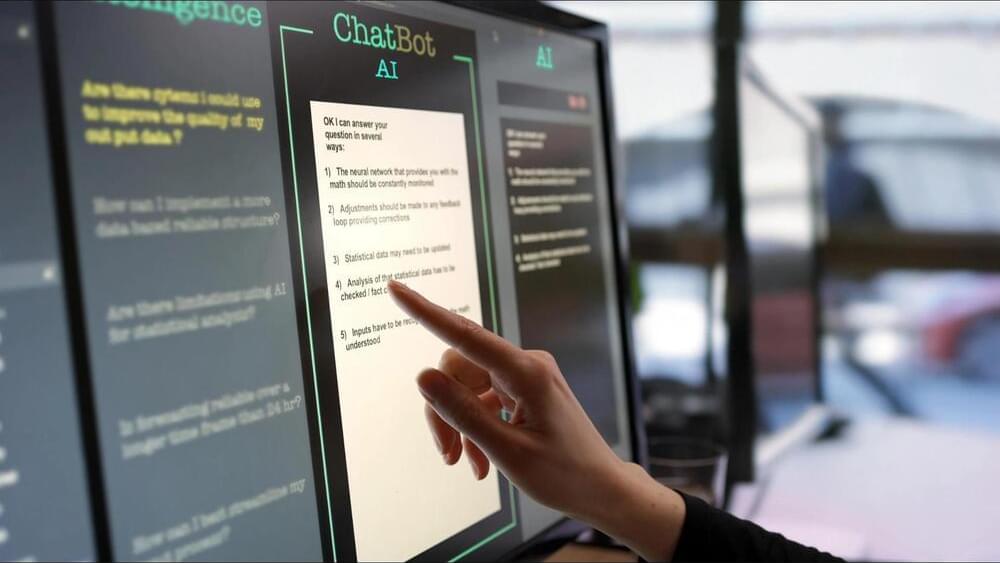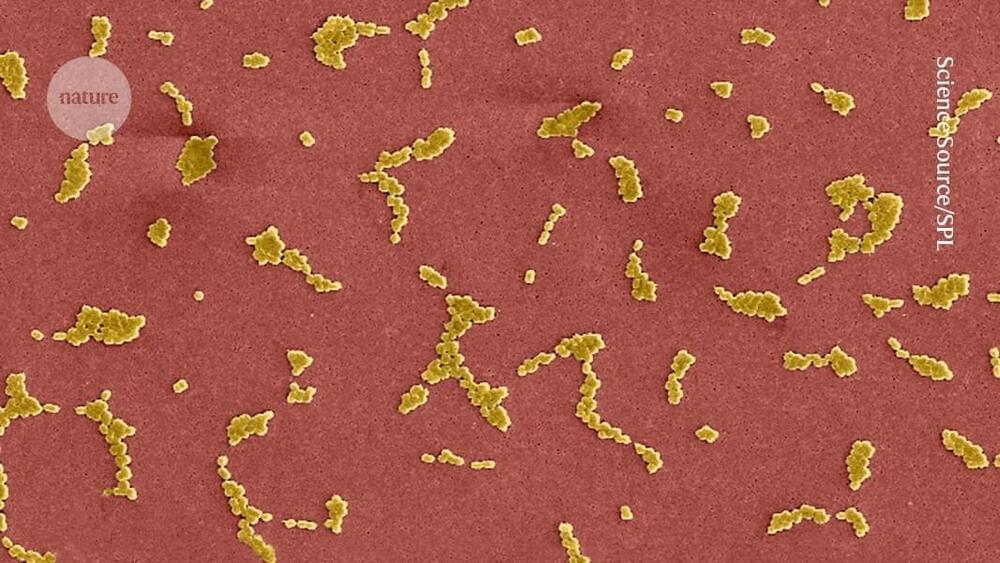This creature can regress to the larval stage. Sometimes better start from the beginning 😉
Meet the tiny, gelatinous animal that has found a way to live forever.
This creature can regress to the larval stage. Sometimes better start from the beginning 😉
Meet the tiny, gelatinous animal that has found a way to live forever.
The singularity is already here.
Since that pioneering work first appeared, AI has become a household word, most dramatically since OpenAI’s iterations of ChatGPT began rolling out starting on November 30, 2022. Now, from smoke-analyzin g AI aiding firefighters in California, to instant AI translation of most languages, to almost daily AI innovations in health care, this technology is already central to our lives. Last year, private investment in AI was more than $25 billion, according to the Li’s Center at Stanford, an estimate I believe on the conservative side. By next year, annual AI investment will reach some $200 billion, according to Goldman Sachs.
At my company, data.world, we’ve been building the foundation of our platform for AI since our founding in 2016. We knew back then that data would be the essential feedstock of AI, the oxygen of its metabolism. And in a world where data grows exponentially, data silos, data errors, missing context, and sheer data deluge are the bane of many companies and institutions. Our mission is to transform data into tools of institutional cognition, the most recent advance of which is our AI Context Engine™. The most important product we’ve ever launched, this tool makes corporate data now inaccessible to AI an essential part of companies’ strategic toolkit. The chat-with-your-data future has never been closer than it is right now, and our AI Context Engine is our fastest new product takeoff in our company’s history.
So back to the journey that we are all on. Let’s explore the essentials of Nearer together in summary.

Despite these challenges, the potential rewards of edge AI are driving innovation in model optimization, device management and security solutions. As these advancements continue, the barriers to edge AI deployment are gradually being lowered, paving the way for its widespread adoption across industries.
Ultimately, edge computing democratizes AI by removing it from complex, costly cloud execution and moving it to the local, accessible devices companies already own and use. This means that small and medium-sized businesses can gain access to tools previously reserved for much larger companies.
As we move forward, AI in business and edge computing are intertwined. The ebb and flow of progress is already noticeable in edge computing applications, and AI will continue this trajectory. As edge devices become more powerful, the proliferation of intelligent applications that operate seamlessly at the edge will transform industries.

A maximum-severity security flaw has been disclosed in the WordPress GiveWP donation and fundraising plugin that exposes more than 100,000 websites to remote code execution attacks.
The flaw, tracked as CVE-2024–5932 (CVSS score: 10.0), impacts all versions of the plugin prior to version 3.14.2, which was released on August 7, 2024. A security researcher, who goes by the online alias villu164, has been credited with discovering and reporting the issue.
The plugin is “vulnerable to PHP Object Injection in all versions up to, and including, 3.14.1 via deserialization of untrusted input from the ‘give_title’ parameter,” Wordfence said in a report this week.

https://x.com/clashreport/status/1825777230569423302
This renowned Chinese creator’s tank simulator just got better.

A widely used security protocol that dates back to the days of dial-up internet has vulnerabilities that could expose large numbers of networked devices to an attack and allow an attacker to gain control of traffic on an organization’s network.
A research team led by University of California San Diego computer scientists investigated the Remote Authentication Dial-In User Service (RADIUS) protocol and found a vulnerability they call Blast-RADIUS that has been present for decades. RADIUS, designed in 1991, allows networked devices such as routers, switches or mobile roaming gear to use a remote server to validate login or other credentials.
This is a common set-up in enterprise and telecommunications networks because it allows credentials to be centrally managed. As a result, RADIUS is a critical part of modern telecommunications and enterprise networks; in large enterprises, it may control access to tens of thousands of switches.


GPT-5, or ChatGPT 5, is the next big update everyone’s waiting for. But what features will it bring and when will is it expected to release?